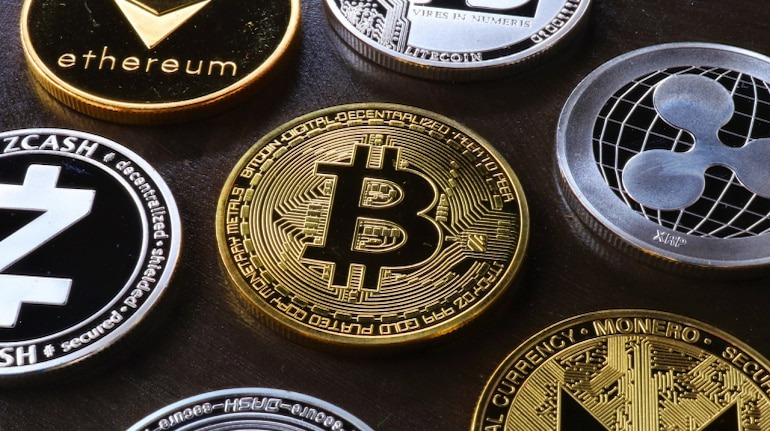
What Is Bootstrap Loader Strategy?
The bootstrap strategy can be explained by the following example. Take the example of the USSR. The Russian Revolution took place in 1917. The revolution placed the Communist government in Russia.
The Communist government wanted the rapid illustration of the USSR. For rapid illustration, there was a need for capital. The USSR had generated that capital through domestic savings. To increase domestic savings, the government tried to curb the other expenses of the Russian people. As the Russian people did not have many avenues to spend, they started to save. That saving was channelized by the Russian government for industrialization. Thus, the economic development of the USSR took place with the help of domestic resources. Thus bootstrap is building a nation from the ground with nothing but the domestic saving mainly.
To some extent, China has been following the same bootstrap strategy for economic development. If we observe the near past, the industrialization of England was very successful. It was because of the bootstrap strategy.
After 1990, India started to attract more and more foreign direct investment ( FDI ). What is the effect of FDI on growth? Each 1% increase in FDI adds about 0.4% to a country’s GDP growth. So, to boost GDP growth by about 2%, India will need an FDI of 5% of GDP.
About $ 100 billion of FDI is required for India to boost GDP growth by 2%. In 2018-19, the FDI inflow in India was $ 44b. The nature of FDI even prior to 2018 was not entirely satisfactory. Too little of it was investing in green field projects that increased productive capacity and the potential for jobs.
To conclude, no country can grow too high on the resources of other countries. We have to channel our resources to grow.


